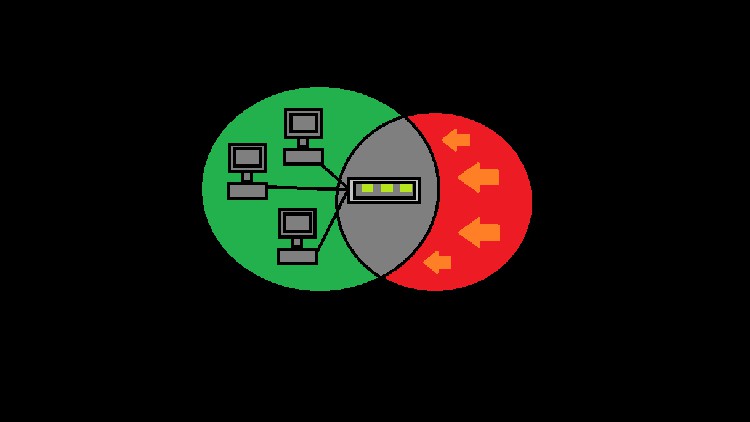
What you will learn
How to protect and secure your organisation’s network from inside and outside threats
How to make sure employees are following best practices
How to improve user awareness of phishing and vishing scams
Different types of vulnerability testing and associated legal considerations
Description
Over this course, we’ll be going over how to protect your organisation’s computer network from any internal and external cyber security threats, whether this be from a technological or a human point of view. In some cases, these threats are a combination of both, meaning that it is especially important to be vigilant when planning how to implement cyber security policies within your organisation’s computer network.
Topics on the course:
* Preventing phishing and vishing (telephone) scams, including what to watch out for when identifying them
* Checking common mistakes with cyber security settings on devices that are in use on your organisation’s network.
* Cyber security testing and the associated legal considerations that these tests have on both on your organisation and on security staff personally.
* Non-standard devices and preventing offline (face-to-face) social engineering, which can often be hard to detect, especially if it comes from someone you know.
* Password policies and preventing credential sharing between end users at your organisation.
* Alternative authentication, such as biometrics, system cyber security patching and centralised reporting.
Also included are some real-world examples of situations where you might encounter the topics on the course, in order to help you identify these within your own organisation, and be able to resolve them appropriately.
Content